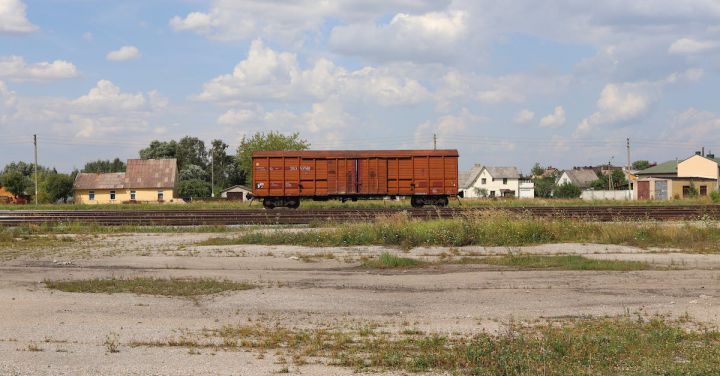The Transcontinental Railroad was an engineering marvel that forever changed the face of America. It was a monumental feat, connecting the eastern and western coasts of the United States, and it had a profound impact on the nation’s economy, culture, and society.
The idea of a transcontinental railroad had been a dream for decades, but it wasn’t until the mid-19th century that it became a reality. The project was a massive undertaking, requiring the construction of over 1,900 miles of track through rugged terrain and harsh conditions.
Construction of the railroad began in 1863, during the height of the American Civil War. The Union Pacific Railroad started building from the east, while the Central Pacific Railroad started from the west. The two companies faced numerous challenges, including the need to recruit and manage a massive workforce, as well as the harsh weather conditions of the Rocky Mountains and the Sierra Nevada.
Despite these challenges, the construction of the railroad progressed steadily. The Union Pacific laid track across the Great Plains, while the Central Pacific tackled the formidable task of crossing the Sierra Nevada. The two rail lines met at Promontory Summit, Utah, on May 10, 1869, in a historic event known as the Golden Spike Ceremony.
The completion of the Transcontinental Railroad had a profound impact on the United States. It revolutionized transportation, making it faster, cheaper, and more accessible for people and goods to travel across the country. Prior to the railroad, the journey from coast to coast took months, but with the advent of the railroad, it could be completed in just a matter of days.
The railroad also had a significant economic impact. It opened up vast new markets for goods and services, allowing businesses to expand and prosper. It facilitated the movement of natural resources, such as timber, coal, and minerals, from the west to the east. It also encouraged settlement and development in the western territories, as people were now able to travel more easily to these areas.
The Transcontinental Railroad also had a profound cultural impact. It brought people from different regions of the country closer together, allowing for the exchange of ideas, customs, and traditions. It facilitated the growth of cities and towns along its route, creating vibrant communities that were connected to the rest of the country.
However, the construction of the transcontinental railroad was not without its controversies. The project involved the forced displacement of Native American tribes from their ancestral lands, as well as the exploitation of immigrant labor, particularly Chinese immigrants who faced harsh working conditions and discrimination.
Despite these challenges, the Transcontinental Railroad remains a remarkable achievement in American history. Its completion marked a turning point in the nation’s development, connecting the eastern and western coasts and forever changing the way people traveled and communicated.
Today, the legacy of the Transcontinental Railroad is still visible in the landscape of the United States. Many of the towns and cities that sprung up along its route continue to thrive, and the railroad itself remains an important transportation artery, connecting communities and facilitating the movement of goods and people.
In conclusion, the Transcontinental Railroad stands as a testament to the ingenuity, perseverance, and ambition of the American people. Its completion was a defining moment in the nation’s history, linking the east and west and laying the foundation for the country’s continued growth and prosperity.
